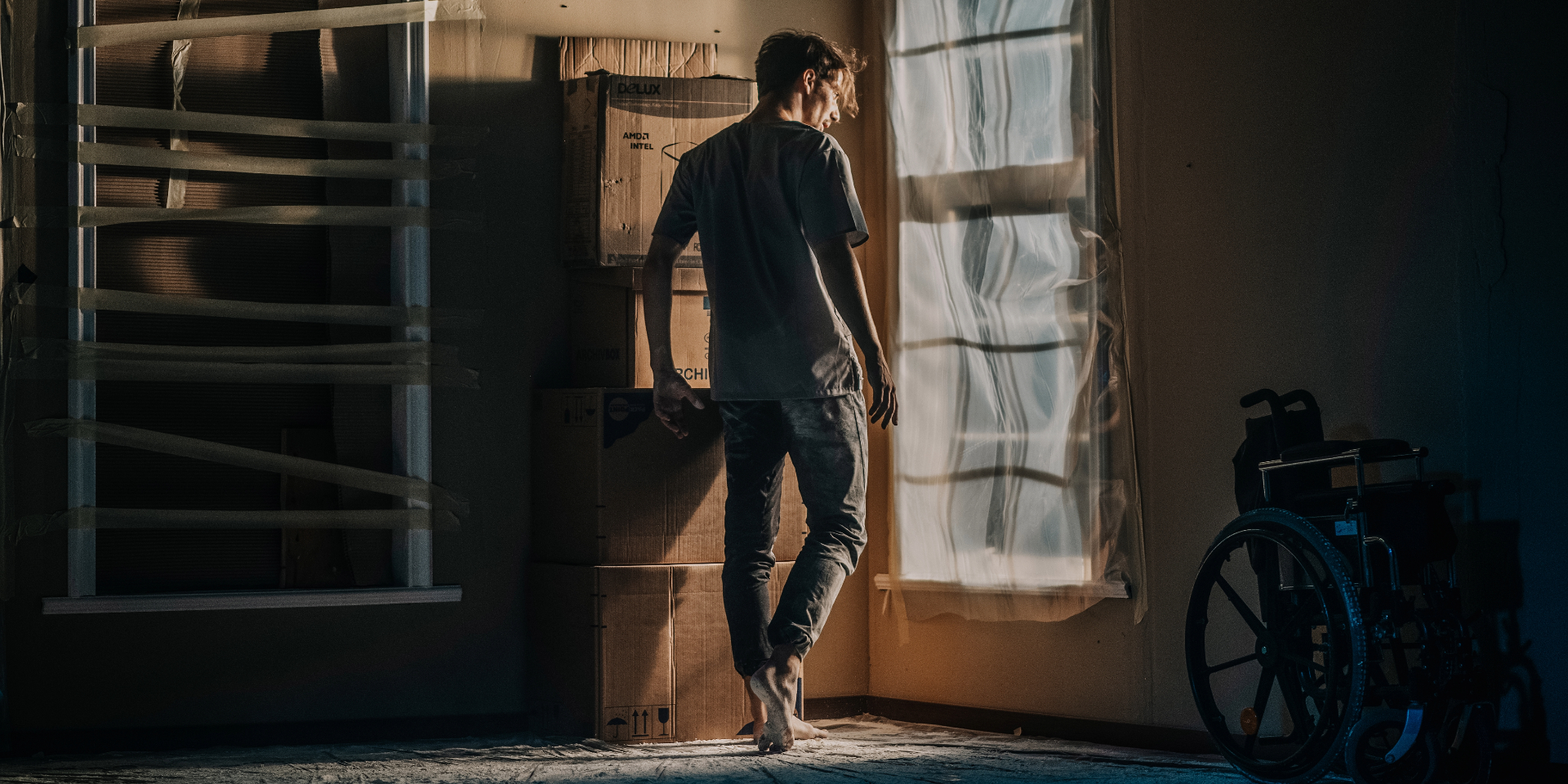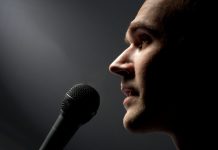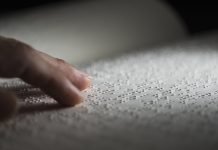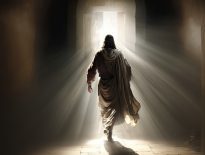The mix of emotions a family goes through when expecting a baby is both wonderful and terrifying.
When everything seems to be in order, the imagination begins to dream of the first words, the first steps, and all the wonderful moments that will follow. For Dick and Judy Hoyt, all those dreams were replaced by tragedy. But they have learned to replace tragedy with love, and their lives have become an inspiration to millions.
Before Rick Hoyt was born on 10 January 1962, nothing could have foretold what was to come. Judy’s pregnancy had been a normal one, but at birth the umbilical cord strangled the baby, depriving his brain of oxygen. As a result, Rick was born with cerebral palsy. In the words of the doctors, he was a “vegetable,” unable to move much or think, and they recommended that his parents should leave him in the care of social workers.
Instead, Rick’s parents took him home because he was theirs, part of the family. After Rick, the Hoyt family had two more boys. As he grew older, his parents noticed that Rick followed their conversations and even laughed at their jokes. The doctors had been wrong when they told them there was no impulse in his brain. So his mother started teaching him the alphabet. Then they looked for a way for him to communicate and got him a computer that allowed him to speak through special software. His first words made everyone laugh: “Go Bruins!” (the Boston Bruins were his favourite hockey team).
But Judy didn’t stop there. She fought the authorities in Massachusetts to give disabled children the right to an education. Thanks to her, a law was passed that allowed Rick to go to school and have classes tailored to his needs. He could now go to school like any other able-bodied child.
In fact, in their family, any activity had to involve Rick. One of the house rules was that nothing was impossible. They found ways to ski, play hockey and swim together, travelled across the US and visited countless places. Rick even went to his high school prom and performed a wheelchair dance with a classmate.
But his life changed when he heard about a fundraising race for a paralysed lacrosse player. Excited to help, he asked his father to push his wheelchair running so he could take part in the race. Dick says he could barely walk by himself, let alone push Rick in his wheelchair. But he took up the challenge and barely managed to complete the two kilometre race. At the end of the day, Rick wrote to his dad on his computer about how happy he felt when he ran. He felt free, not paralysed.
They had spent so many years trying to find the one thing that would make Rick feel like everyone else, and they had found it. His father began to train constantly. When Rick was at school, Dick put cement bags of Rick’s weight in the special wheelchair.
By 1979, they were ready for their first marathon, but no one would let them enter the Boston Marathon. Nevertheless, they went on to run with the official entrants. Finally, in 1983, someone agreed to enter them and they got a good enough time to enter the Boston race they had been denied four years earlier.
After a few years, marathon organisers, impressed by the Hoyt team’s story, began to accept their entry. But as usual, the Hoyts weren’t about to rest on their laurels. Rick and Dick began running ultramarathons and then triathlons. For the latter, they built a special bike and boat.
In between competitions, Rick was a hard-working student at Boston University. His parents proudly say that the decision to attend college was entirely his. They wanted a college closer to home, but Rick chose Boston University. But the challenges he faced were significant. He needed the state to provide social workers to help him on campus and in class, which wasn’t easy. Once again, his mother took the legal route and proved that the financial burden on the state was far less than if Rick had been placed in an institution for the disabled. Again, Judy won the right for him to attend an educational establishment.
In 1993, at the age of 31, Rick became the first quadriplegic without the ability to speak to graduate from a university. He had studied special education methods to help people like him. He then moved into an apartment on his own, with the help of his parents and the authorities.
But through it all, Rick never stopped running; it was his way of feeling free. And his father supported him every step of the way. For Dick, Rick is the one who really runs. “Rick is the one that keeps me going. He motivates me and inspires me. I’m just loaning him my arms and legs so that he can compete. Something inexplicable is born in me and I’m able to run faster. It’s an incredible feeling,” he says.
By April 2014, when they retired, Team Hoyt had completed 1,108 sporting events, including 255 triathlons and 72 marathons. The last Boston Marathon they ran was when Dick was the age of 74. At a special event, a statue of the pair was unveiled to celebrate the inspiration Rick and Dick provided to the millions of people who saw them as proof that the impossible does not exist.



















